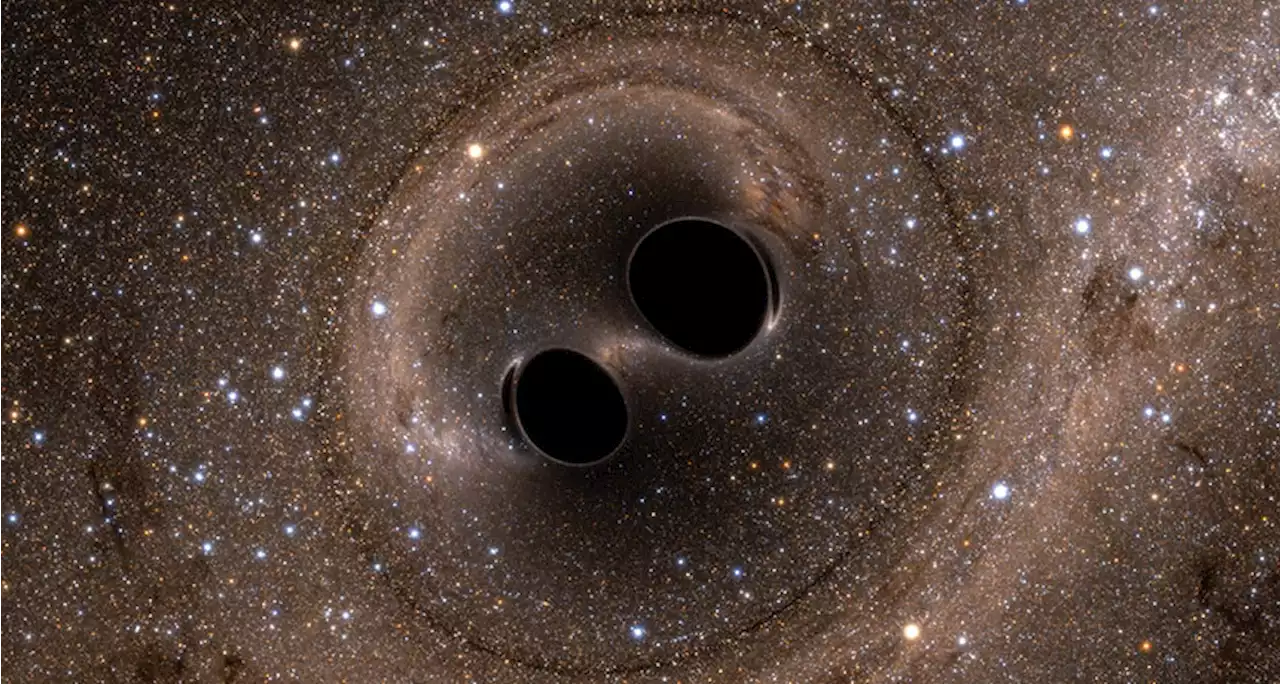OTD in 2016, Science News reported on the first detection of spacetime ripples known as gravitational waves. SN100
, newly reactivated after five years of upgrades, each consist of a powerful laser that splits into two perpendicular, 4-kilometer-long beams. When the gravitational waters of spacetime are calm, the beams recombine at the junction and cancel each other out — the troughs of one beam’s 1,064-nanometer waves of laser light completely negate the crests of the second beam’s waves.
While the rendezvous was millions of years in the making, only the final two-tenths of a second produced gravity waves with the requisite intensity and frequency for detection by Advanced LIGO. Those two-tenths of a second told quite a story. At first, the black holes were circling each other about 17 times a second; by the end, it was 75. The gravity wave frequency and intensity reached a peak, and then the black holes merged. The show was over.
Despite the seeming no-doubt signal, LIGO researchers conducted a series of rigorous statistical tests. The signal survived. “I have great confidence in the team as a whole and everything they’ve done with the data,” Stairs says. This ability to examine black holes and other influential dark objects without actually “seeing” them with light has scientists excited about the gravitational wave era. Black holes gobble up some matter and launch the rest away in powerful jets, scattering atoms within and between galaxies; pairs of neutron stars, also targets of Advanced LIGO, may ultimately trigger gamma-ray bursts, among the brightest and most energetic explosions known in the universe.
Australia Latest News, Australia Headlines
Similar News:You can also read news stories similar to this one that we have collected from other news sources.
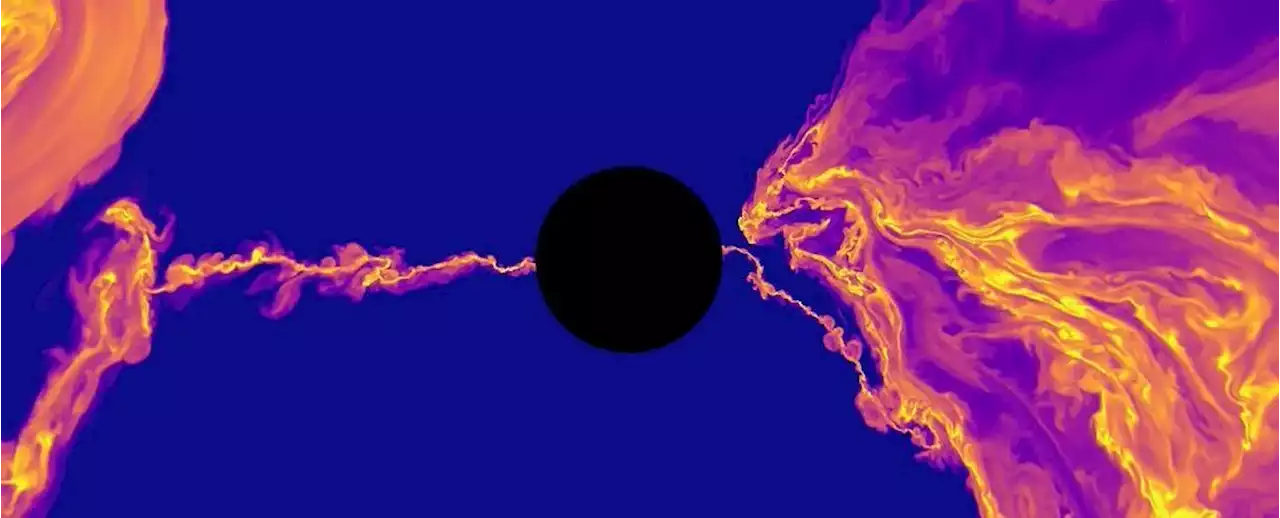 Supercomputers Simulated a Black Hole And Found Something We've Never Seen BeforeWhile black holes might always be black, they do occasionally emit some intense bursts of light from just outside their event horizon. Previously, what exactly caused these flares had been a mystery to science.
Supercomputers Simulated a Black Hole And Found Something We've Never Seen BeforeWhile black holes might always be black, they do occasionally emit some intense bursts of light from just outside their event horizon. Previously, what exactly caused these flares had been a mystery to science.
Read more »
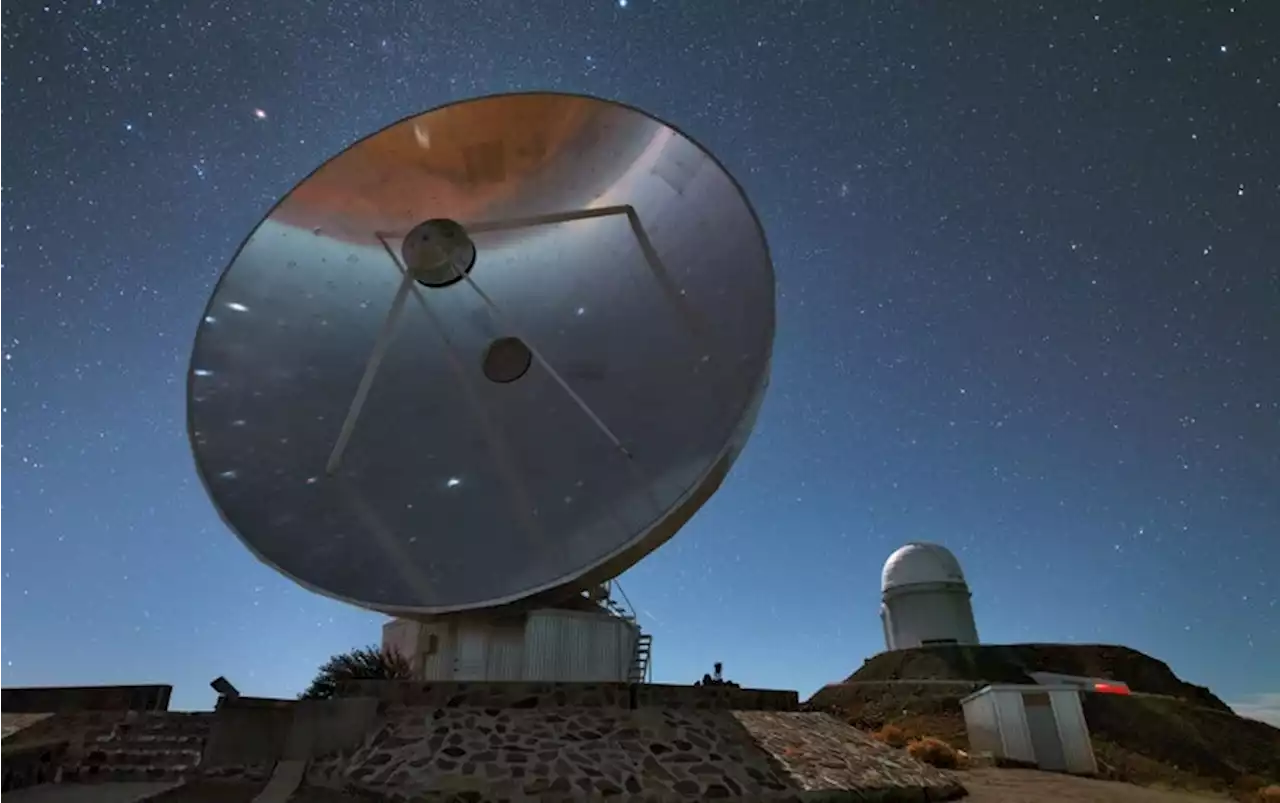 Major African Radio Telescope Will Help to Image Black HolesThe $25-million facility in Namibia will be the continent’s first millimeter-range astronomical observatory
Major African Radio Telescope Will Help to Image Black HolesThe $25-million facility in Namibia will be the continent’s first millimeter-range astronomical observatory
Read more »
 Peloton And The 4 Laws Of HolesPeloton appears to be following the first of the four rules of holes for managing a crisis: When you find yourself in a hole, stop digging.
Peloton And The 4 Laws Of HolesPeloton appears to be following the first of the four rules of holes for managing a crisis: When you find yourself in a hole, stop digging.
Read more »
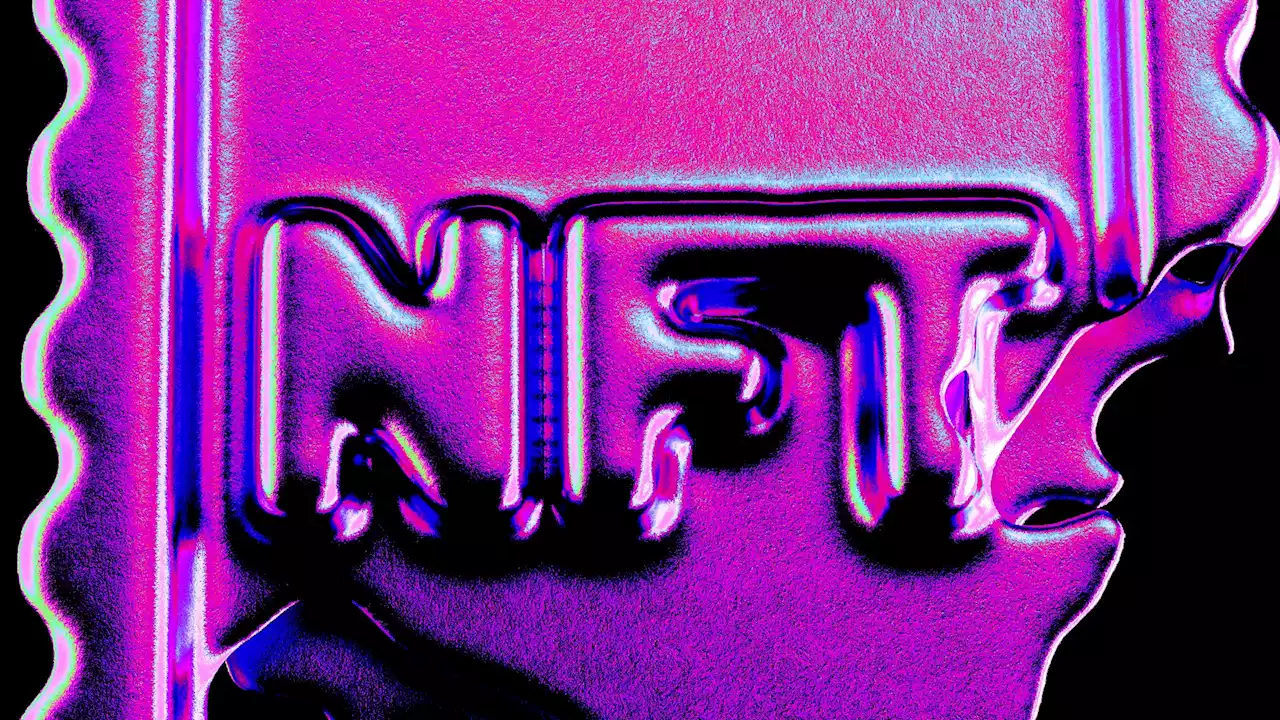 OnlyFans launches verified NFT profile picturesThe popular subscription platform OnlyFans, known for its adult content, will now let users post verified NFTs as profile pictures. The platform will
OnlyFans launches verified NFT profile picturesThe popular subscription platform OnlyFans, known for its adult content, will now let users post verified NFTs as profile pictures. The platform will
Read more »
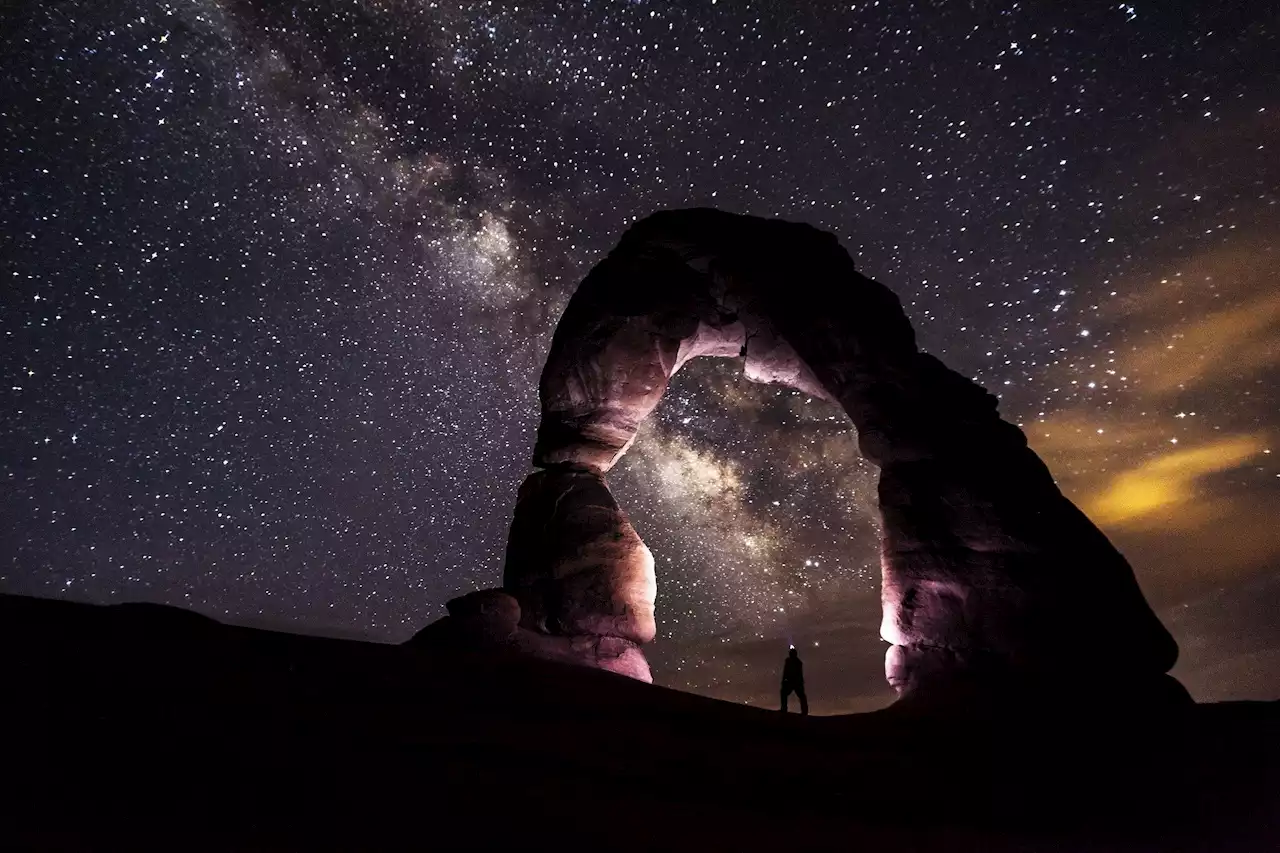 Our universe probably isn't special enough to be in a multiverseThe universe has several apparently fixed constants—such as the strength of gravity—but those properties might not be so special.
Our universe probably isn't special enough to be in a multiverseThe universe has several apparently fixed constants—such as the strength of gravity—but those properties might not be so special.
Read more »
 Black girl nearly disqualified from swim meet over ‘Black Lives Matter’ swimsuitLeidy Gellona, 12, was brought to tears after an official said her suit violated rules by being political, her mother said.
Black girl nearly disqualified from swim meet over ‘Black Lives Matter’ swimsuitLeidy Gellona, 12, was brought to tears after an official said her suit violated rules by being political, her mother said.
Read more »
